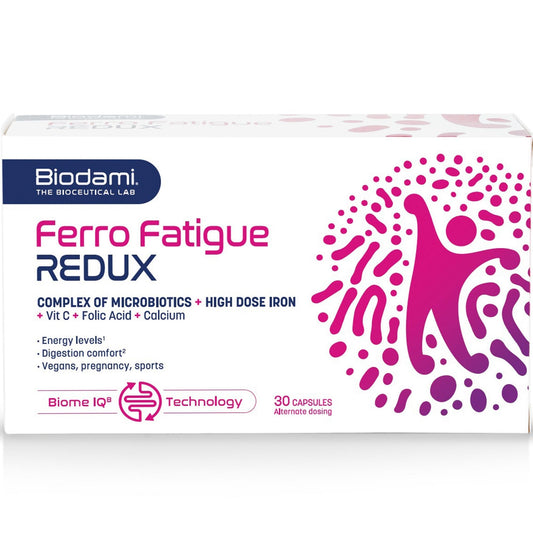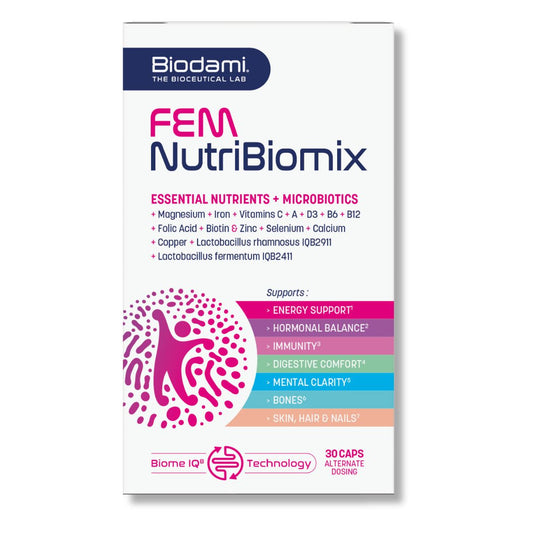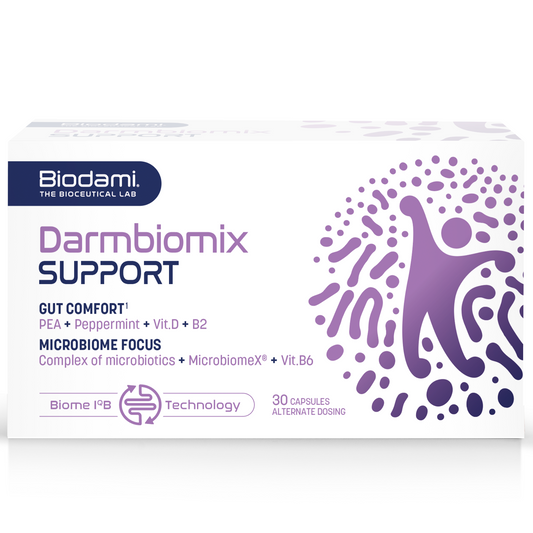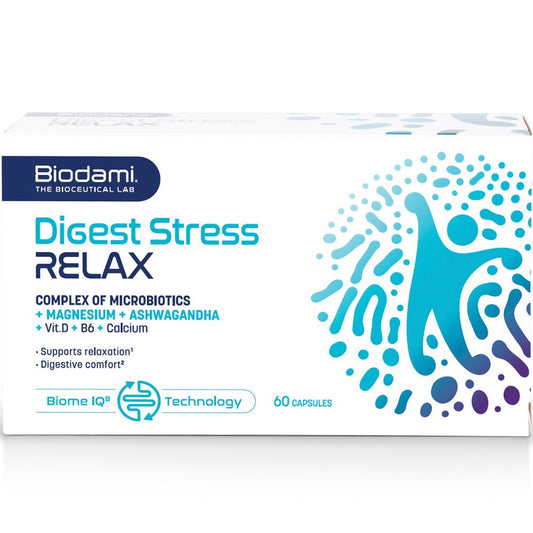Iron is an element we need in our bodies. It is crucial for the transport of oxygen to tissues and is essential for almost all pathways of energy metabolism [1]. Iron is a part of hemoglobin, a protein that makes the blood red.

A hemoglobin molecule is composed of 4 protein chains of which 2 ⍺- chains ad 2 β-chains each containing an iron atom. Oxygen binds to these atoms for transport through the blood [2]. Normally, in a balanced and diverse diet, you should be able to get sufficient iron to maintain healthy levels. But there are certain groups that benefit from supplementing iron. They may be at risk of iron deficiency or already are deficient. Here are a few elements to help you understand the different iron types available in food.
DIETARY IRON: HEME vs NON HEME
You can get iron from food but it is very well known that iron is absorbed poorly and this absorption depends on the type of iron in the food. These are categorized into two types.
- Heme iron: from the hemoglobin and myoglobin of animal food sources such as meat, seafood and poultry. It is the better absorbed form of iron (15%-35% bioavailable) and is not influenced by other ingested nutrients.
- Non heme iron: comes from the vegetables such as spinach, nuts and some fortified foods such as cereals and is less well absorbed (2% -20%) (because it requires a step to make it into the absorbable ferrous form (Fe2+)) and its bioavailability is influenced by the other nutrients found in our diet – see table below
|
Iron enhancers |
Iron inhibitors |
|
Vitamin C: The enhancing effect is due to its ability to reduce ferric to ferrous (Fe3+ to Fe2+) and its ability to overcome the negative effect of inhibitors such as in the right column.
|
· Phytates, which is a compound found in plant-based diets that demonstrate a dose-dependent inhibition of iron absorption. · Polyphenols: found in black and herbal tea, coffee, wine, legumes, cereals, fruit, and vegetables and have been demonstrated to inhibit iron absorption. · Calcium – where the above typically inhibit non heme iron, calcium can inhibit both heme and non heme iron absorption. · Animal proteins: casein, whey, egg whites. · Oxalic acid is found in spinach, chard, beans, and nuts |
But don’t go running out to only eat meat to get your iron! Heme iron may be better absorbed, but the quantity of heme in these foods are much lower than the manyfold amount of non heme iron we get from most meals. Despite its lower bioavailability, non heme iron still contributes greatly to our iron nutrition. In mixed diets, 90% of the iron we ingest is through non heme iron [1,3].
WHO NEEDS MORE IRON?
Though iron intake is beneficial to maintain normal iron levels, some individuals may benefit from additional (higher dose) iron intake simply because they are at risk of iron deficiency.
- Women of reproductive age need to supplement their iron stores because they lose iron when menstruating (loss of about 1.86mg /day). The frequency of iron deficiency rises in female adolescents because of monthly iron loss via mentstruation[4].
- Pregnant women have a higher need for iron intake because red blood cells need to be made in a growing fetus and the placenta.
- Lactating women also benefit from iron replenishment as they lose iron in milk when breastfeeding.
- Children need iron to grow and synthesize new tissues and iron is needed for cognitive development.
- Vegan and vegetarians benefit from additional iron intake due to the lack of heme iron intake- which is the more absorbable form of iron- which would normally be available in meat or animal products
- Athletes need additional iron in their diet to optimize performance by improving oxygen transport (in the muscles!) and energy metabolism
Do you feel that you are iron deficient or may be at risk thereof? Take iron supplements and/or consult your doctor.
Kristina Cueva
Kristina has always had a passion for understanding diseases and their underlying mechanisms. With a Biomedical sciences background as well as Public Health & Economics, Kristina understands the burdens diseases have on society. This helps her understand the necessary innovations to promote good health which ultimately lower burden of disease.
References:
1. EFSA NDA Panel (EFSA Panel on Dietetic Products, Nutrition and Allergies), 2015. Scientific Opinion on Dietary Reference Values for iron. EFSA Journal2015; 13 ( 10):4254, 115 pp. doi:2903/j.efsa.2015.4254
2. Marengo-Rowe A. J. (2006). Structure-function relations of human hemoglobins. Proceedings (Baylor University. Medical Center), 19(3), 239–245. https://doi.org/10.1080/08998280.2006.11928171
3. Abbaspour N, Hurrell R, Kelishadi R. Review on iron and its importance for human health. J Res Med Sci 2014;19:164-74.
4. Hunt JR, Zito CA and Johnson LK, 2009. Body iron excretion by healthy men and women. American Journal of Clinical Nutrition, 89, 1792-1798.
Find out more about Ferro Fatigue Redux
Ferro Fatigue REDUX
- Regular price
- €29,95
- Promotional price:
- €29,95
- Regular price
-
€0,00 - Unit price
- per








